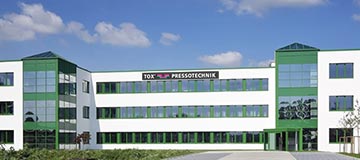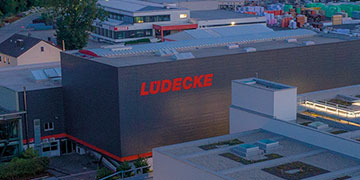CASE 1: New tool circulation saves time and eliminated the tool crib at the CNC machines
How many tools do we have, where are they currently being used and when will they be available again? An international aerospace supply company did not know the answers to these questions. The supplier's product range is broad, meaning that the machine cycles are very different, including when it comes to their run times. Intensive CNC machining requires complex and expensive tools, which results in high capital commitment for procurement and storage. The persons responsible wanted to reduce the high tool stock levels, as well as the variety of tools.
The persons responsible wanted to achieve the following:
- Development of a digital tool database with parameter-based search options
- Transparent crib and stock management
- Clear tool circulation with order-specific provision directly to the machine; complete elimination of the individual crib at the machine
The following processes were improved:
- Fast creation of a tool database with the TDM Data and Graphic Generator
- Reliable tool data at the click of a mouse: Parameterized tool items and tool assemblies available
- Transparent tool logistics: Automated removal from crib and booking of all tool actions
- Minimal tool preparation: Through calculated tool requirements and transparent tool circulation
- Quick and safe tool assembly: Tools are assembled and preset in the presetting room with the support of TDM – no longer at the machine by the machine operator.
CASE 2: Successful SME reduces tooling costs while increasing production by around 80%
A medium-sized automotive supplier – specialized in motor vehicle gearboxes – mass-produces manual gearboxes for the market's leading automotive manufacturers. Production is clocked. Unreliable tool availability was causing problems in production and was therefore the most frequent cause of downtimes. The company managed its tools using outdated, maintenance-intensive software. A central database was not in place – instead, employees from several different departments recorded data manually and independently of each other. Data was not exchanged. This meant that there was no overview of the number and condition of tools, and therefore no planning security either. In addition, it was not possible to calculate tooling costs for a workpiece or a gearbox series with the information available.
The persons responsible wanted to achieve the following:
- Planning security through predictive tool calculation and procurement
- Transparent crib and stock management, recording of all tool flows and cost assignment
- Calculation of tooling costs according to series and free time interval
The following processes were improved:
- Organization of tool circulation: Better use of stocks and their tool life, reduced downtimes
- Consistent standardization of tools according to workpieces enables predictive order management, improved ordering conditions and reliable production planning
- Monitored ordering of new tools prevents high tool variety
- Controlling tooling costs and requirements for each workpiece/group improves cost transparency




